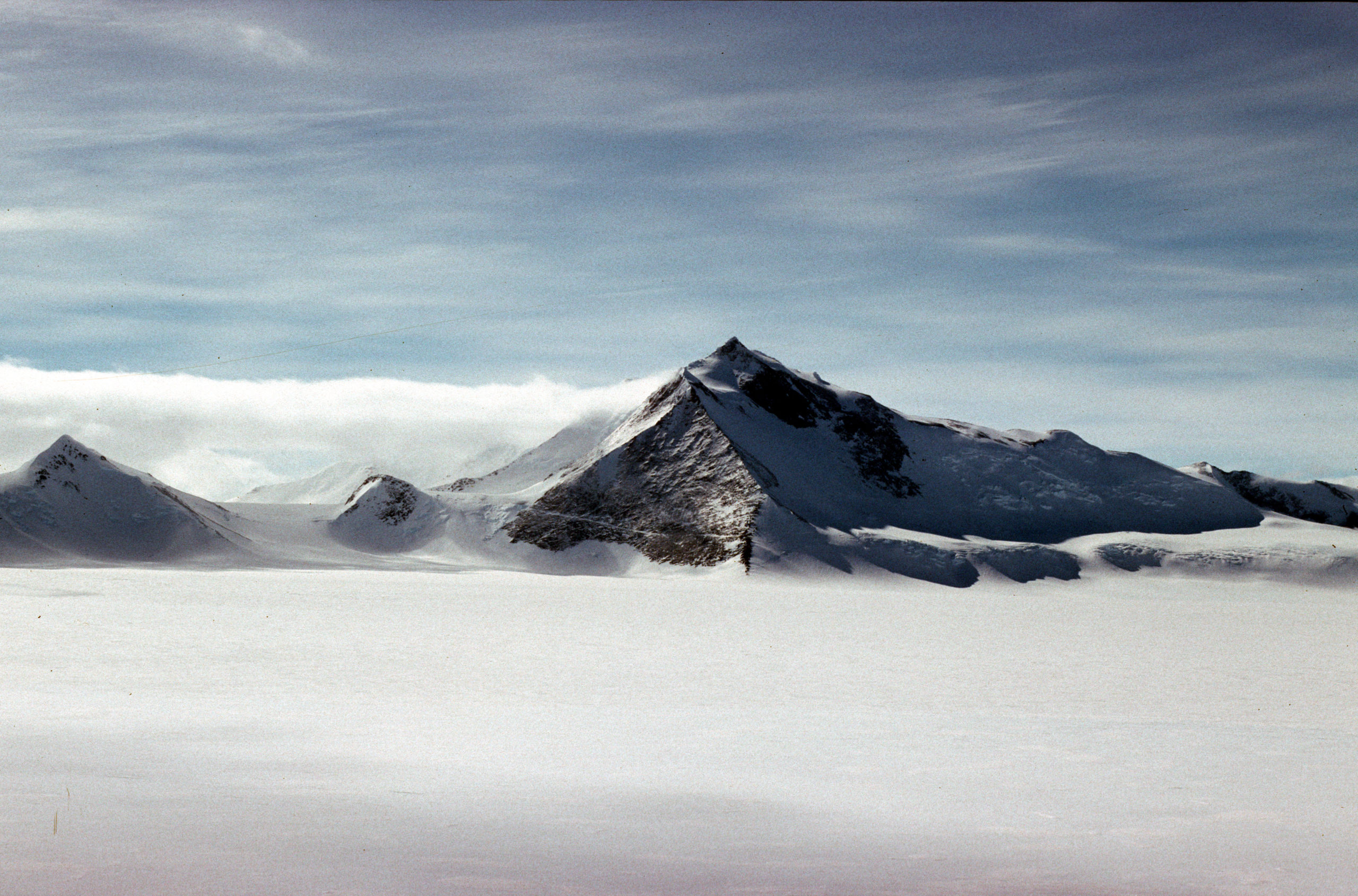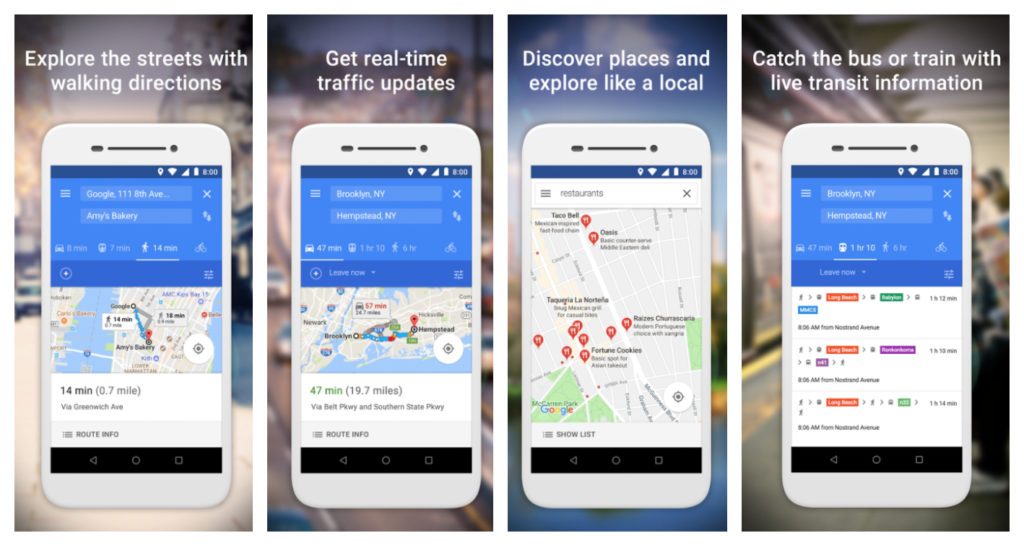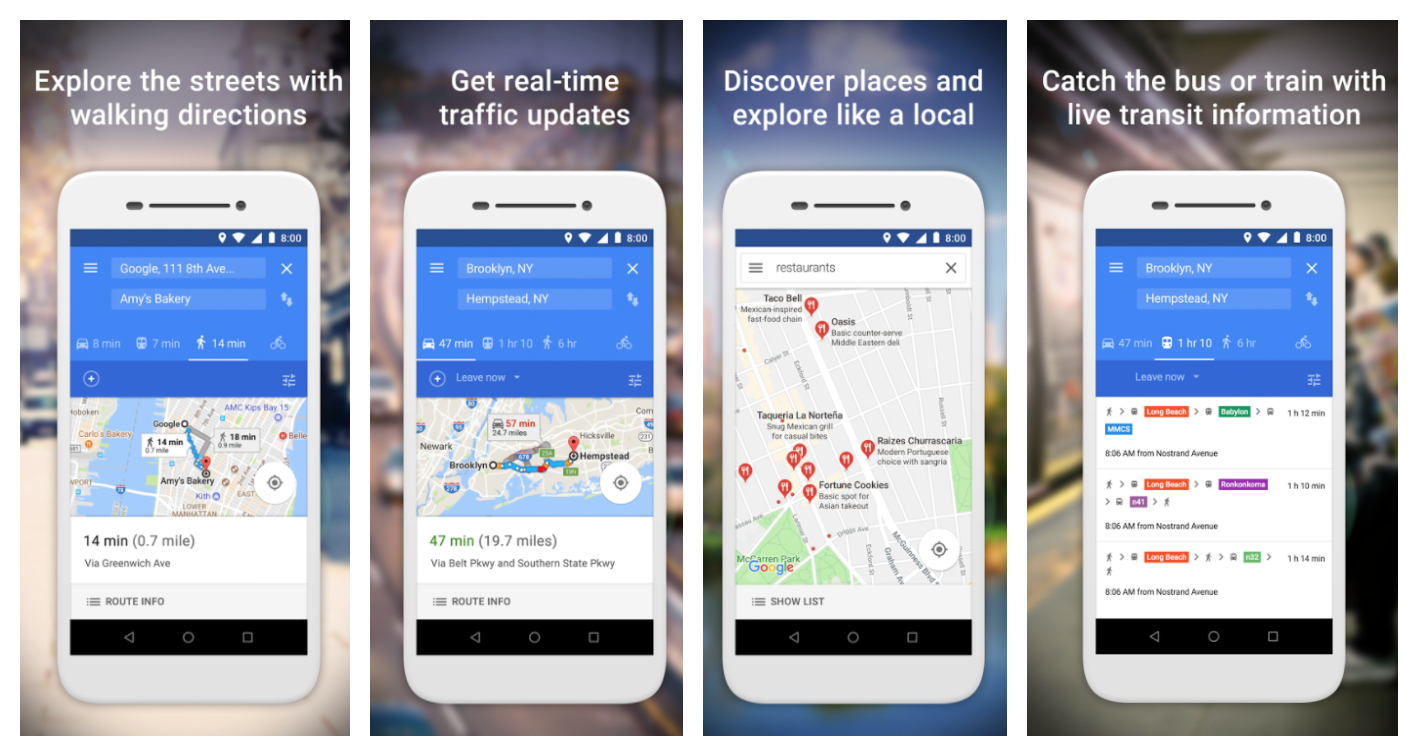
Satellite data reveals Britain has been wrong about its tallest mountain

Mount Hope. Courtesy: Alan Vaughan/BAS
The United Kingdom needs to update its Geography books for there’s a new tallest peak in town the territory! For years, Brits believed that at 3,184 meters, Mount Jackson in the British Antarctic Territory was their highest mountain. But new satellite data has revealed that Mount Hope – standing proudly at 3,239 meters above sea level – is actually the highest peak in the territory. The British Antarctic Survey (BAS) made this discovery while updating the planning maps for pilots operating in Antarctica.
Mount Hope, which was previously estimated to be 377 meters shorter, had originally been mapped by overland dog-sleighing teams. Their simplistic method for measuring the height of a mountain involved basic math calculations: Measure the distance between two points at the base of a mountain and calculate the angle between the summit and each base point. Naturally, this system left a huge room for error.
Nowadays, however, the modern mapping technique of photogrammetry can find out the elevation of a surface with an error margin as low as 5 meters. Adrian Fox, Head of Mapping and Geographic Information at BAS, agrees: “Modern satellite data highlights how inaccurate previous surveys and maps were for some parts of the region.”
Related: Why we love USGS Global Mountain Explorer (and you should too!)
Interestingly, the new cartographic survey not only helped BAS to correct the height of Mount Hope, several new mountain heights and ranges were also discovered. In addition, the correct location of some peaks was also found to be 5 kilometers off previous records.
As Fox points out, maps with reliable measurements of the highest peaks are an essential safety requirement for flight planning. “Accurate elevation data from satellite imagery now allows us to produce these resources for Antarctica, where flying is difficult at the best of times,” he adds.
The title for the highest mountain in Antarctica still rests with Mount Vinson at 4,892 meters.






